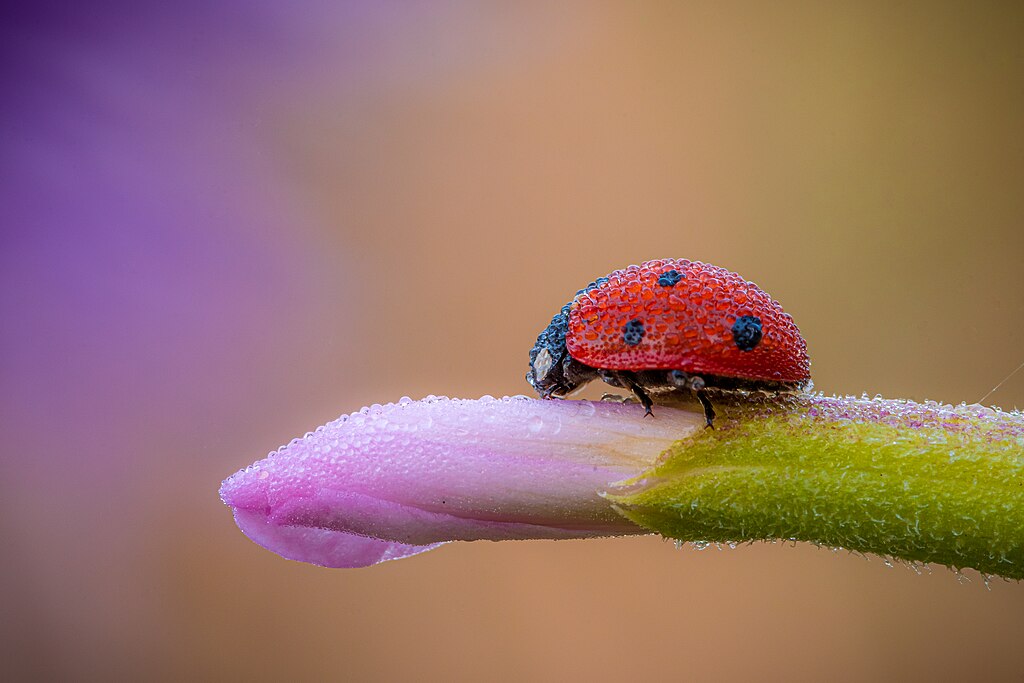That tiny red and black spotted visitor crawling across your windowsill might just be nature’s most underestimated pest control agent. While most people barely notice these small beetles, one ladybug wandering through your home could signal something remarkable happening in your garden ecosystem. The presence of even a single ladybug indoors often indicates a thriving population outside, and these voracious predators are already hard at work protecting your plants from one of gardening’s most persistent enemies.
The Aphid Problem That’s Bigger Than You Think
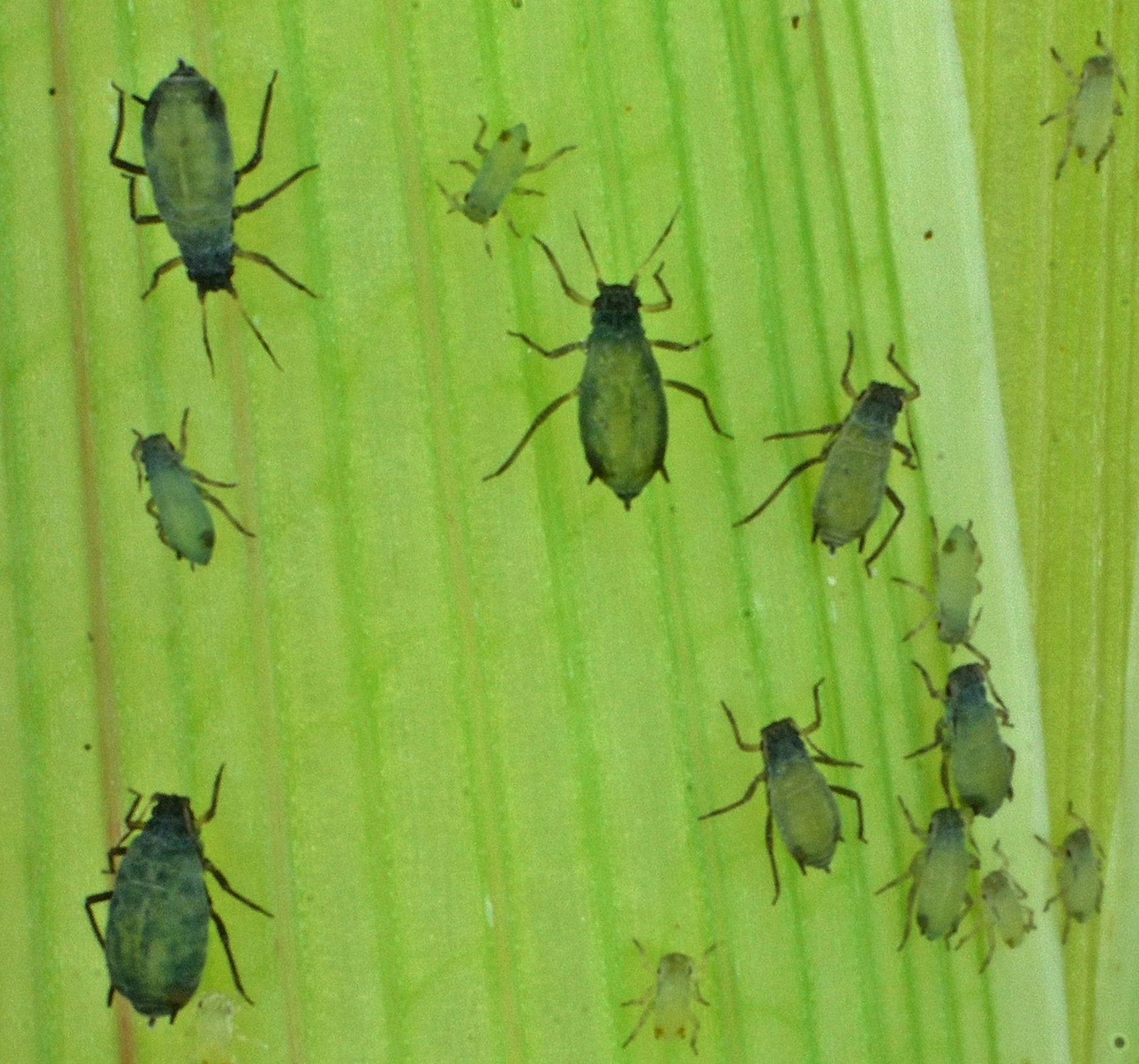
Aphids multiply faster than almost any other garden pest, with some species capable of producing up to 12 generations in a single growing season. These tiny, soft-bodied insects cluster on plant stems and leaves, sucking out vital nutrients and leaving behind a sticky honeydew that attracts ants and promotes fungal growth. A single aphid colony can expand from a few individuals to thousands within just a few weeks under ideal conditions. The damage they cause extends far beyond simple leaf curling or yellowing. Aphids transmit over 100 different plant viruses, making them vectors for diseases that can devastate entire crops. Their feeding weakens plants, stunts growth, and reduces flower and fruit production, turning what should be a thriving garden into a struggling landscape.
Meet Your Tiny Garden Guardian

Ladybugs, scientifically known as Coccinellidae, are nature’s most efficient aphid hunters. These small beetles have evolved specifically to target soft-bodied insects like aphids, with their curved mandibles perfectly designed for grasping and consuming their prey. An adult ladybug can consume between 50 to 60 aphids per day, while their larvae are even more voracious, eating up to 400 aphids during their development stage. Their hunting strategy involves both visual and chemical cues to locate aphid colonies. Ladybugs can detect the alarm pheromones released by aphids when they’re under attack, essentially following a chemical trail to find their next meal. This remarkable ability makes them incredibly effective at finding and eliminating aphid populations before they become visible problems.
The Indoor Appearance Mystery Solved

When you spot a ladybug inside your home, it’s rarely a random occurrence. These beetles are typically following aphid trails or seeking shelter during temperature fluctuations. During spring and fall, ladybugs often enter homes while searching for overwintering sites or emerging from their dormant state. Their presence indoors frequently indicates they’ve been active in nearby gardens and landscapes. Ladybugs also use buildings as navigation landmarks and temporary rest stops during their hunting expeditions. They’re attracted to light-colored surfaces and warm areas, which explains why they often appear on windowsills or near heat sources. Rather than viewing them as intruders, consider their indoor appearance as a positive sign of biological pest control activity in your area.
The Ripple Effect of Natural Pest Control
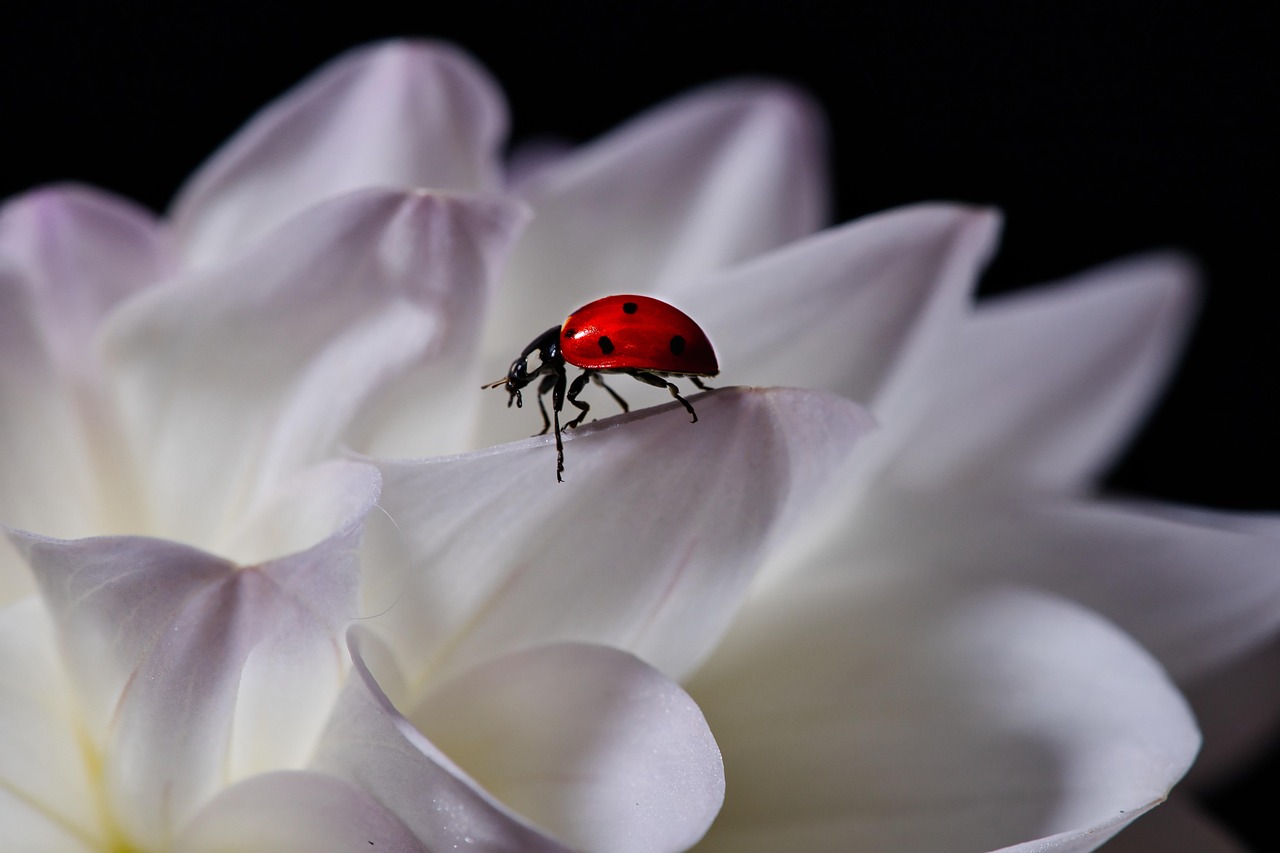
One ladybug’s presence suggests a larger ecological balance at work in your garden ecosystem. Ladybugs don’t hunt alone – they’re part of a complex web of beneficial insects that includes lacewings, parasitic wasps, and predatory mites. When conditions support one beneficial predator, they typically support others, creating a natural pest management system that works around the clock. This biological control system is far more sustainable than chemical pesticides, which can harm beneficial insects along with pests. The presence of ladybugs indicates that your garden environment is healthy enough to support diverse insect populations, including the predators that keep pest numbers in check naturally.
Seasonal Patterns and Population Dynamics
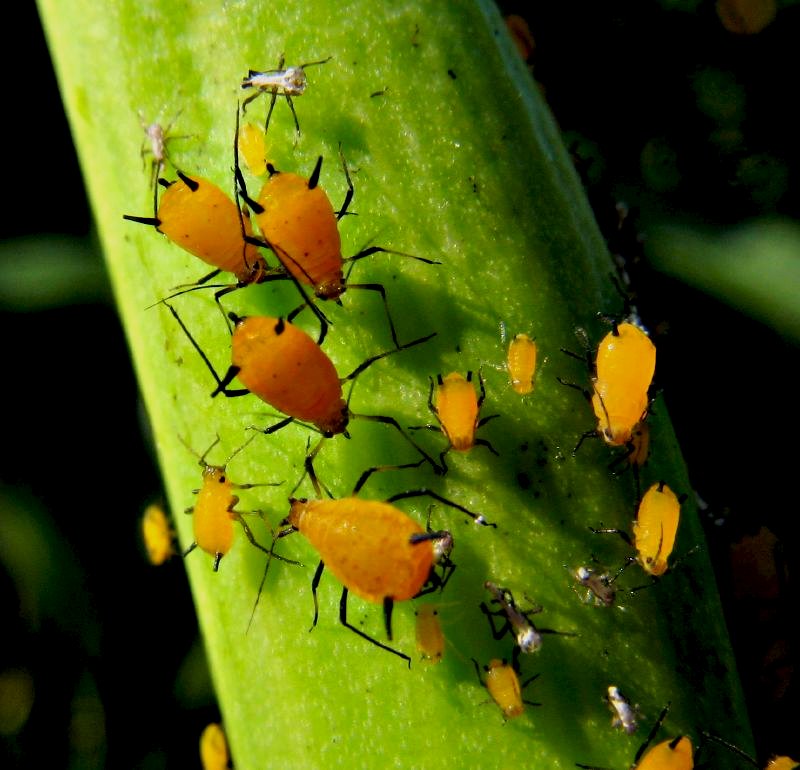
Ladybug populations follow predictable seasonal patterns that correlate with aphid activity. Spring emergence typically coincides with the first aphid outbreaks on new plant growth, while summer populations peak during the warmest months when aphids are most active. Fall brings a second wave of activity as ladybugs prepare for winter by consuming as many aphids as possible to build fat reserves. Understanding these patterns helps explain why you might see ladybugs indoors during certain times of year. Their appearance often precedes or follows peak aphid activity, serving as an early warning system or confirmation that pest populations are being controlled naturally.
The Science Behind Their Hunting Success

Ladybugs employ sophisticated hunting techniques that make them incredibly effective aphid predators. Their compound eyes can detect movement and color variations that help them identify aphid colonies from considerable distances. They also possess chemoreceptors that allow them to “taste” aphid alarm pheromones through their feet and antennae. Research has shown that ladybugs adjust their hunting behavior based on aphid density and plant structure. On plants with high aphid populations, they tend to stay and feed extensively, while on lightly infested plants, they quickly move on to find better hunting grounds. This behavioral adaptation maximizes their impact on pest control while conserving their energy for reproduction.
Why Size Doesn’t Matter in Pest Control
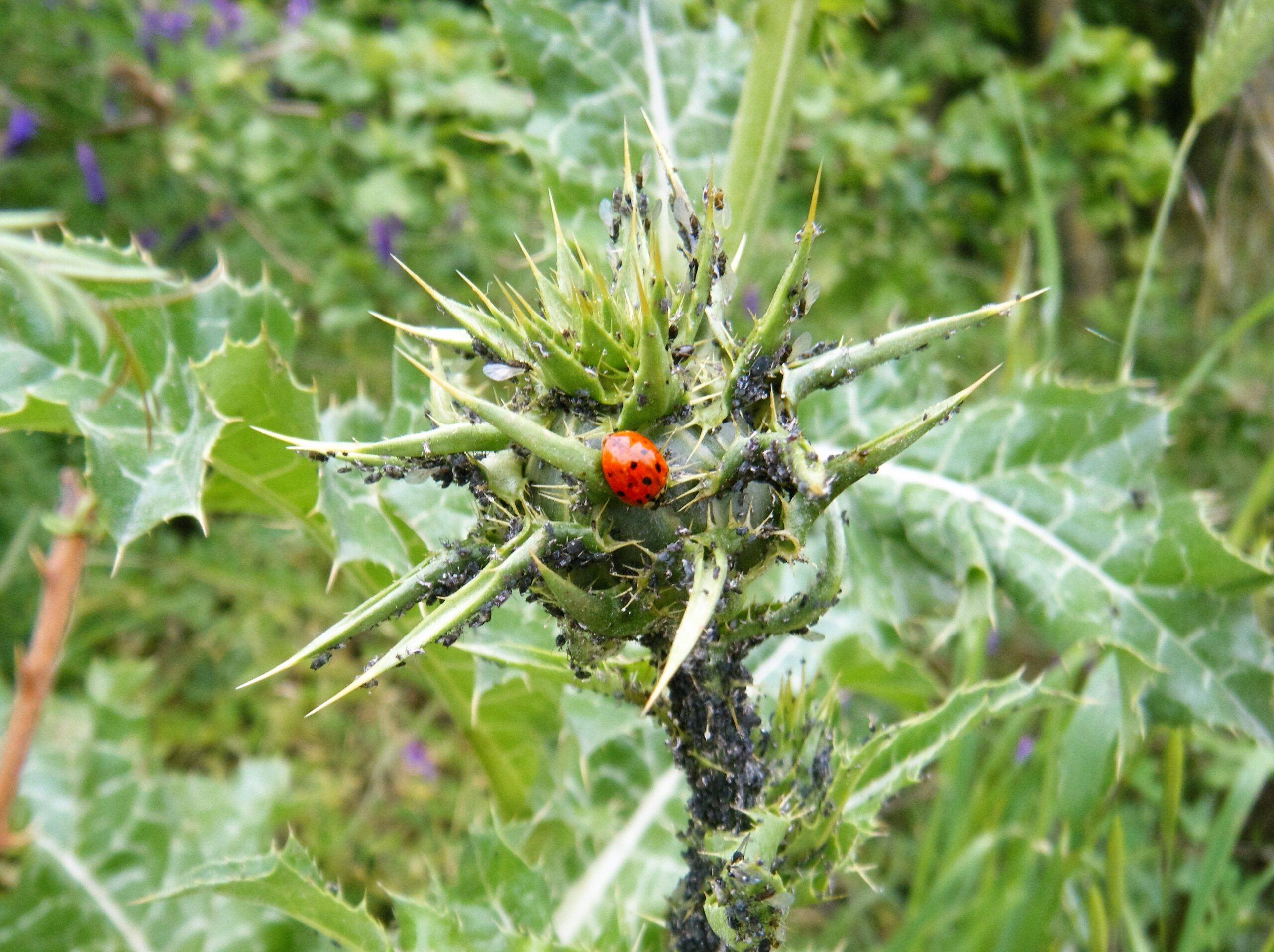
Despite their small size, ladybugs punch well above their weight in pest control effectiveness. A single ladybug weighs less than 0.02 grams, yet it can consume insects weighing several times its body weight each day. Their efficiency comes from their specialized digestive system, which can process large quantities of soft-bodied insects quickly. The mathematical impact is staggering: one ladybug consuming 50 aphids daily over a 30-day period eliminates 1,500 potential plant pests. When you consider that each female aphid can produce 40-60 offspring in a week, the prevention of exponential population growth becomes even more significant.
Creating Ladybug-Friendly Environments

Gardens that attract and support ladybugs share certain characteristics that make them ideal hunting grounds. Diverse plant species provide various types of aphid prey, while flowers like dill, fennel, and yarrow offer pollen and nectar that adult ladybugs need for energy and reproduction. Ground cover plants and mulch provide shelter and overwintering sites. Avoiding broad-spectrum pesticides is crucial for maintaining ladybug populations. Even organic insecticides can harm beneficial insects if not used carefully. Creating pesticide-free zones or using targeted treatments only when necessary helps preserve the natural balance that keeps aphid populations under control.
The Hidden Network of Beneficial Insects

Ladybugs work alongside other beneficial insects in what entomologists call a “guild” of natural enemies. Lacewing larvae, known as “aphid lions,” can consume even more aphids than ladybugs during their development. Parasitic wasps lay eggs inside aphids, creating tiny biological time bombs that destroy pest populations from within. This network effect means that encouraging one beneficial species often supports others. Plants that attract ladybugs also tend to attract other beneficial insects, creating a reinforcing cycle of natural pest control. The presence of multiple beneficial species provides backup when one population declines due to weather or other factors.
Timing and Temperature Influences

Ladybug activity is highly dependent on temperature and weather conditions. They become active when temperatures reach about 55°F (13°C) and are most active between 70-80°F (21-27°C). Cold snaps or extended periods of rain can temporarily reduce their hunting activity, allowing aphid populations to recover slightly. Understanding these temperature relationships helps predict when ladybugs will be most effective in your garden. Early spring warm spells often trigger both aphid emergence and ladybug activity, while late summer heat waves can reduce ladybug activity even as aphids continue to reproduce. This knowledge helps gardeners appreciate the natural timing of biological pest control.
The Role of Native vs. Introduced Species
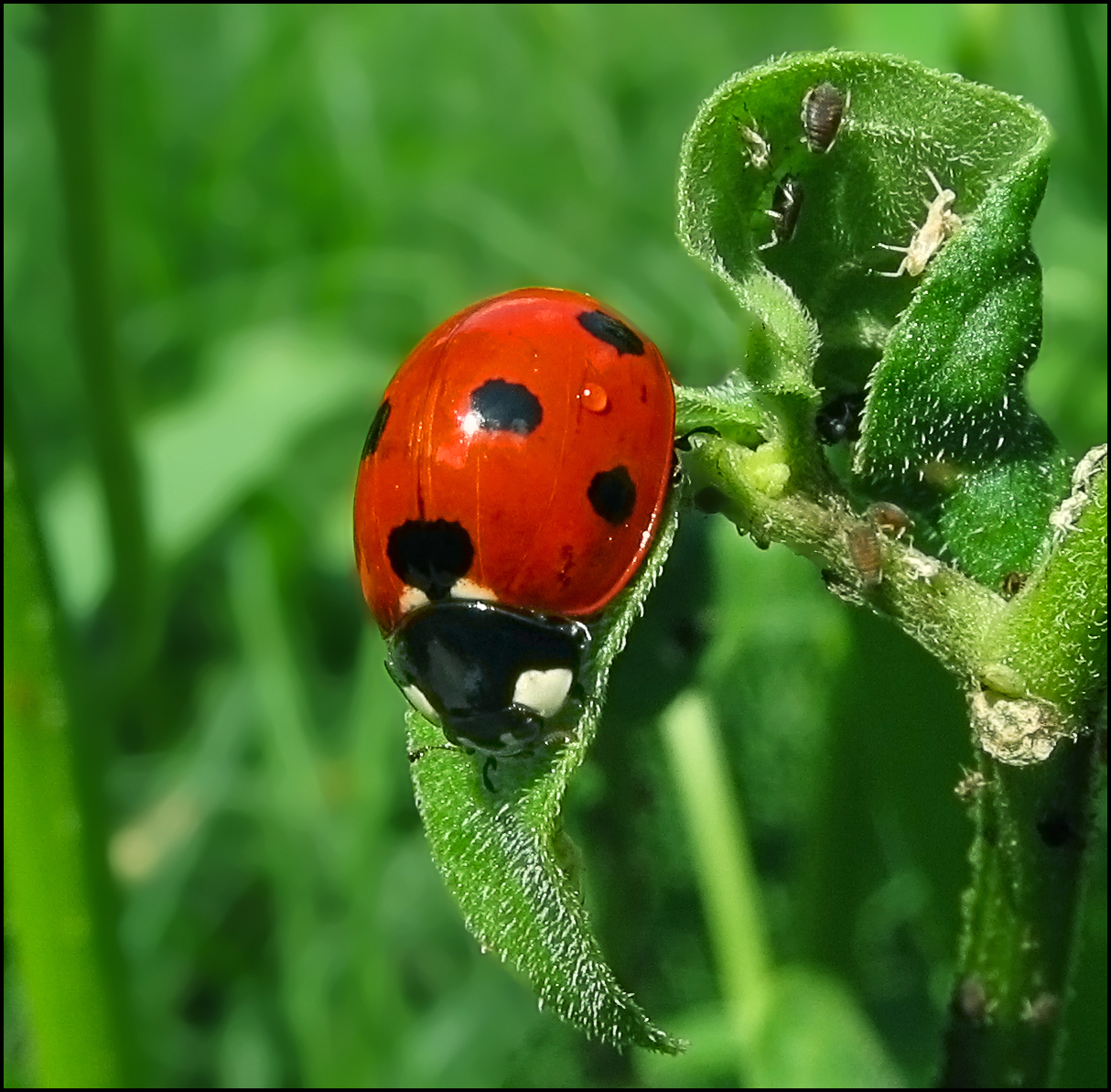
Not all ladybugs are created equal when it comes to aphid control. Native species like the two-spotted ladybug (Adalia bipunctata) are often more effective at controlling local aphid populations than introduced species. Native ladybugs have evolved alongside local aphid species and are better adapted to regional climate conditions. The multicolored Asian lady beetle, while effective at aphid control, can sometimes become a nuisance when it seeks indoor shelter in large numbers. However, even these introduced species contribute significantly to overall aphid control, and their presence indoors still indicates active pest management in the surrounding environment.
Measuring the Economic Impact

The economic value of ladybug pest control services is substantial but often underappreciated. University research estimates that a single ladybug provides approximately $4-7 worth of pest control services per growing season. When multiplied across entire landscapes, the economic impact runs into billions of dollars annually in reduced crop losses and decreased pesticide use. For home gardeners, this translates to healthier plants, better yields, and reduced need for pest control products. The presence of ladybugs can mean the difference between a thriving vegetable garden and one struggling with aphid-transmitted diseases and stunted growth.
Signs Your Garden Has Effective Ladybug Control

Successful ladybug pest control creates observable changes in your garden’s health and appearance. Plants show less leaf distortion, reduced yellowing, and minimal sticky honeydew deposits on leaves. Ant activity around plants often decreases since they’re no longer farming aphids for their sweet secretions. You might also notice fewer aphid “mummies” – the brown, papery shells left behind when parasitic wasps complete their life cycle inside aphids. While these are actually signs of another beneficial insect at work, their presence alongside ladybugs indicates a robust natural pest control system.
The Future of Biological Pest Control
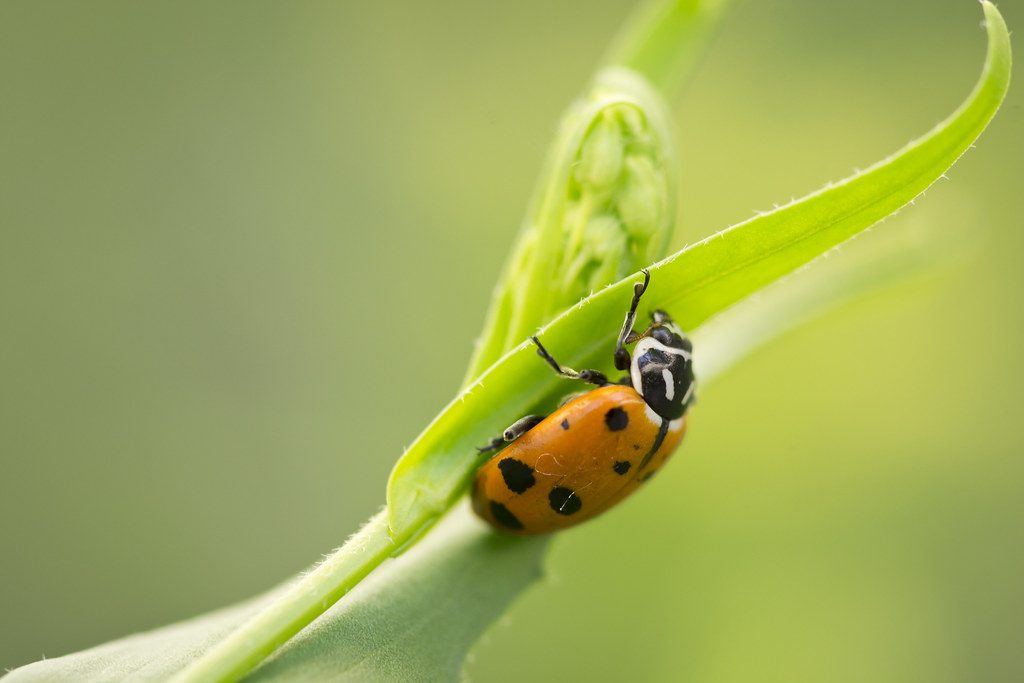
As concerns about pesticide resistance and environmental impact grow, ladybugs and other beneficial insects are becoming increasingly important in integrated pest management strategies. Research continues to reveal new aspects of their behavior and ecology that can be leveraged for more effective pest control. Climate change is also influencing ladybug populations and their effectiveness as biocontrol agents. Some species are extending their active seasons, while others are shifting their geographic ranges. Understanding these changes helps gardeners and farmers adapt their expectations and management strategies for natural pest control.
Conclusion
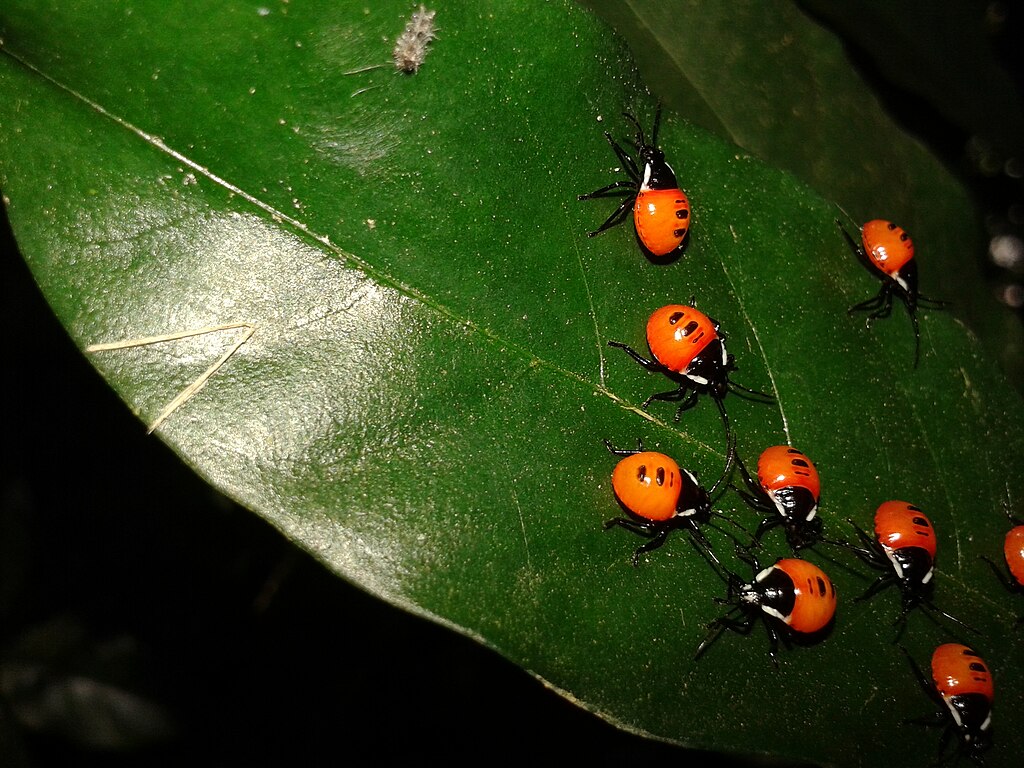
The next time you spot a ladybug wandering through your home, take a moment to appreciate the sophisticated biological pest control system it represents. That small beetle is part of an ancient ecological partnership that has been protecting plants from aphids for millions of years. Its presence suggests that nature’s own pest management team is already hard at work in your garden, quietly preventing problems before they become visible. Have you ever wondered what other beneficial insects might be working behind the scenes to keep your plants healthy?

